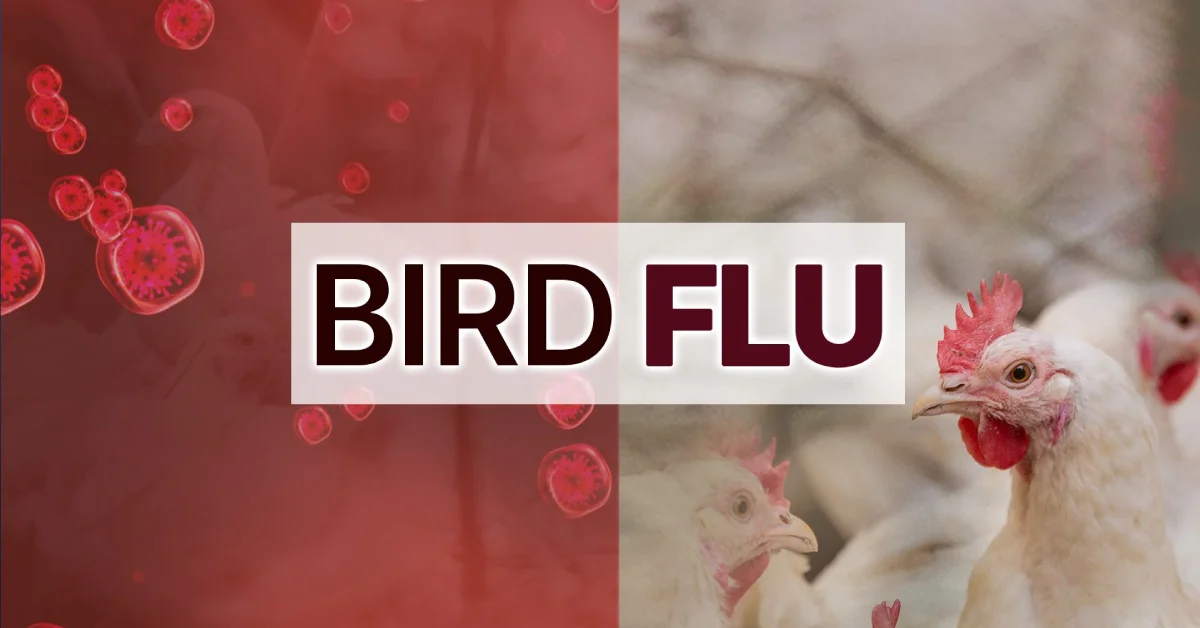With outbreaks of avian influenza becoming increasingly common and threatening both commercial poultry operations and backyard flocks, many bird owners are searching for effective ways to protect their birds. How can we control avian influenza in birds?
The most effective ways to control avian influenza in birds include implementing strict biosecurity measures, isolating infected flocks, proper sanitation protocols, and rapid culling of infected birds when necessary, as recommended by the World Organisation for Animal Health.
While this answer provides the core strategies, there’s much more you need to know about implementing these measures effectively. Each control method requires specific steps and considerations, and understanding these details could mean the difference between successfully protecting your flock and facing devastating losses.
What Are The Essential Biosecurity Measures For Protecting Birds?
Biosecurity is your first line of defense against avian influenza. Start by establishing a “clean line” that separates potentially contaminated areas from clean areas where your birds are housed. This means having dedicated footwear and clothing for the bird area and installing foot baths with approved disinfectants at entry points.
Control access to your birds by limiting visitors and keeping a visitor log. Anyone who enters should follow proper sanitation protocols, including wearing protective gear. It’s also crucial to prevent contact between your birds and wild birds, which are common carriers of avian influenza. This means using secure fencing and netting to create physical barriers.
How Should You Respond If You Suspect Avian Influenza In Your Flock?
Quick action is essential when you notice signs of avian flu in poultry houses, such as sudden deaths, lack of energy, decreased egg production, or respiratory symptoms. Immediately isolate any birds showing symptoms and contact your local veterinarian or state animal health officials for guidance.
Don’t move any birds or equipment on or off your property while waiting for a professional assessment. Document everything you observe, including the number of affected birds and their symptoms. This information will be valuable for health officials in their investigation.

What Changes Should You Make To Your Regular Bird Care Routine During An Outbreak?
During active outbreaks in your region, it’s necessary to enhance your everyday care routines. Monitor your birds multiple times daily for any signs of illness, and keep detailed records of feed and water consumption, egg production, and mortality rates.
Clean and disinfect equipment more frequently than usual, and consider creating designated “clean” and “dirty” areas for supplies and tools. It’s also essential to store feed in sealed containers to prevent contamination from wild birds or rodents and to clean up any spilled feed immediately to avoid attracting wildlife that could carry the virus.
How Can You Protect Your Birds From Wild Bird Contact?
Since wild birds are primary carriers of avian influenza, creating practical barriers between them and your domestic birds is crucial. Install solid roofing over outdoor areas where your birds spend time, and use fine mesh netting on all sides to prevent even small wild birds from entering. Make sure there are no gaps or holes in the barriers.
Consider creating a double-barrier system with an outer perimeter fence and an inner enclosure. This provides an extra layer of protection and helps prevent any contact between wild birds and your flock’s food and water sources. Remove any standing water, fix leaky pipes, and keep grass short around bird areas to minimize attractiveness to wild birds.
What Role Does Regular Testing Play In Avian Influenza Prevention?
Implementing a regular testing program can help detect avian influenza before it spreads through your entire flock. Work with your veterinarian to establish appropriate testing schedules based on your flock size and risk factors. This might include routine blood tests or swab samples from healthy birds.
Testing is critical if you’re adding new birds to your flock. Always quarantine new arrivals for at least 30 days and have them tested before introducing them to your existing birds. Some commercial operations also participate in regional surveillance programs that help track the spread of avian influenza and provide early warning of outbreaks in the area.
Remember that testing alone isn’t enough – it should be part of a comprehensive disease prevention strategy that includes all the biosecurity measures discussed earlier.
Take Action Today To Protect Your Flock
If you haven’t already done so, take time this week to create a written biosecurity plan for your birds that incorporates the measures discussed in this article. Start with a simple property map that shows clean and dirty zones, then outline specific protocols for moving between these zones and handling your birds. Having a clear, written plan makes it easier to train family members or employees and ensures consistent implementation of protective measures.



